On Sunday, just days after withdrawing his signature from the ratification of the Comprehensive Nuclear-Test-Ban Treaty (CTBT), Russia successfully launched an intercontinental ballistic missile capable of carrying nuclear warheads. He did this from a fourth-generation nuclear submarine, the Emperor Alexander III.
“The new nuclear-powered submarine missile cruiser Emperor Alexander III successfully fired the Bulava intercontinental ballistic missile since white sea to the Kura combat field on the peninsula Kamchatka“, reported the Russian Ministry of Defense in a statement released by the TASS news agency.
READ TOO: This is the strategic guided missile submarine the US sent to the Middle East
On Thursday last week, Russian President Vladimir Putin signed the law revoking the ratification of Comprehensive Nuclear Test Ban Treaty.
This law was approved by the Russian Senate on October 25, after receiving approval from the State Duma a week earlier.
In early October, Putin himself said that Russia would revoke ratification of the treaty because the United States never ratified it.
The Comprehensive Nuclear-Test-Ban Treaty was approved by the United Nations General Assembly on September 10, 1996.. The UN considers it to be the main mechanism for the eradication of nuclear weapons testing.
Before Russia’s decision, 185 states had signed it and 178 had ratified it.
But the treaty never came into force, because for that to happen it must first be ratified by all states that possess nuclear weapons.
Which nuclear powers have not ratified the treaty? United States, China and Israel. All three have nuclear weapons.
Iran, which aspires to possess nuclear weapons, has also not ratified the treaty.
Although countries with nuclear arsenals such as India, Pakistan and North Korea never signed it.
According to an explanation from the AFP agency, The Bulava ICBM is 12 meters long and has a range of 8,000 kilometerswhich makes it capable of reaching distant targets such as the United States.
Furthermore, this missile can be equipped with ten nuclear warheads. Entered service on January 10, 2013.
He Bulava It is based on the long-range intercontinental ballistic missile (ICBM) design called Topol-M (SS-27), but is lighter and more sophisticated.
Vladimir Putin said in 2008, when it was in the testing phase, that this missile It was capable of penetrating any existing anti-missile system. at that moment and in the future.
The submarine from which it was launched on Sunday, Emperor Alexander IIIis of the Borei class, the fourth of the modernized variant Borei-Aand is equipped with 16 missiles Bulavaaccording to the Russian army.
Russia’s Newest Nuclear Submarine Test Launches Bulava Intercontinental Ballistic Missile pic.twitter.com/MQtidlWmbn
– SX Printer (@SprinterX99880) November 5, 2023
The Military Zone portal reported that the Borei and Borei-A (named Project 955 and 955A) are nuclear-powered ballistic submarines designed and built to integrate the Russian Federation’s deterrence force. They displace around 14,720 tons on the surface and are called upon to replace the aging Delta III, IV and Typhoon submarines built in the Soviet era.
According to Sputnik News, the missile Bulava It uses solid fuel, which allows it to reach a ballistic trajectory much more quickly than its predecessors. This also prevents it from being shot down in the initial phase of the flight.
In 2021, Rear Admiral Arkady Navarsky, then chief of the General Staff of the Submarine Forces Command of the Russian Pacific Fleet, explained to Sputnik News why considers Bulava ballistic missiles practically invincible.
According to the military, this is because They are easy to maintain and capable of maneuvering in the thrust phase, what makes them “invulnerable to any missile defense system”.

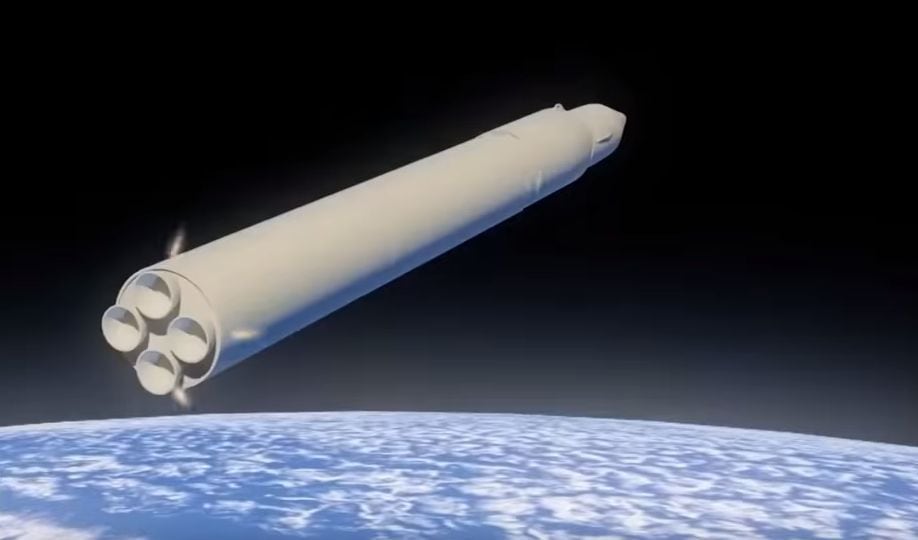
Vanguard
O Vanguard They are hypersonic missiles capable of changing course and altitude at very high speeds, which makes them “practically invincible”.
They were successfully tested in December 2018. Their speed reached Mach 27, or 27 times the speed of sound, and hit a target located around 6,000 km away, according to the Russian Ministry of Defense cited by the AFP agency. A year later they were put into service.
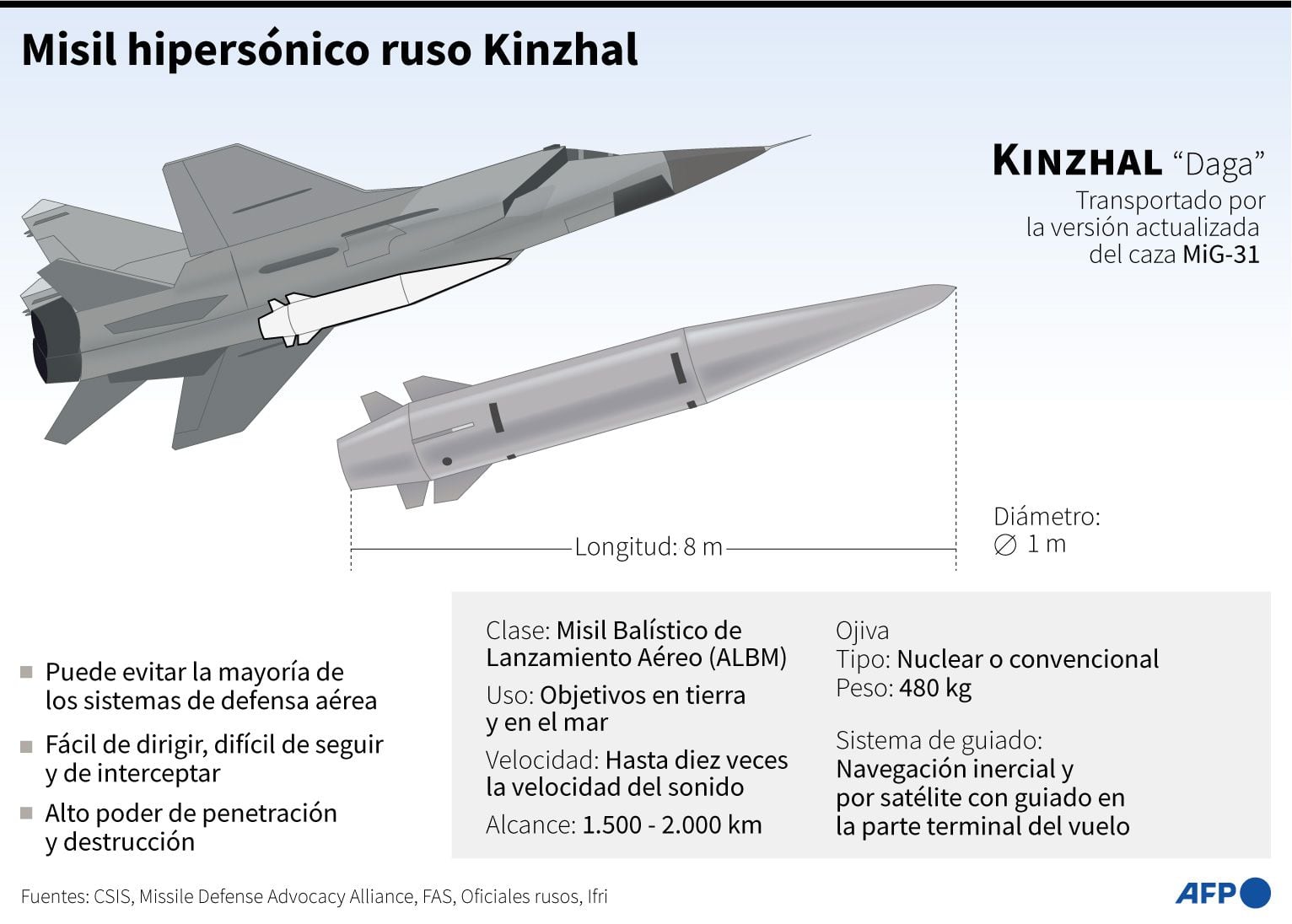
Kinzhal
O Kinzhal hiersonic missiles They were used for the first time in March 2022, at the beginning of the Russian invasion of Ukraine.
O Kinzhal (“dagger” in Russian) then destroyed an underground weapons warehouse in western Ukraine.
This weapon can bypass air defense systems, according to Moscow. During testing, they hit all their targets at a distance of between 1,000 and 2,000 kilometers. They were placed on MiG-31 warplanes.
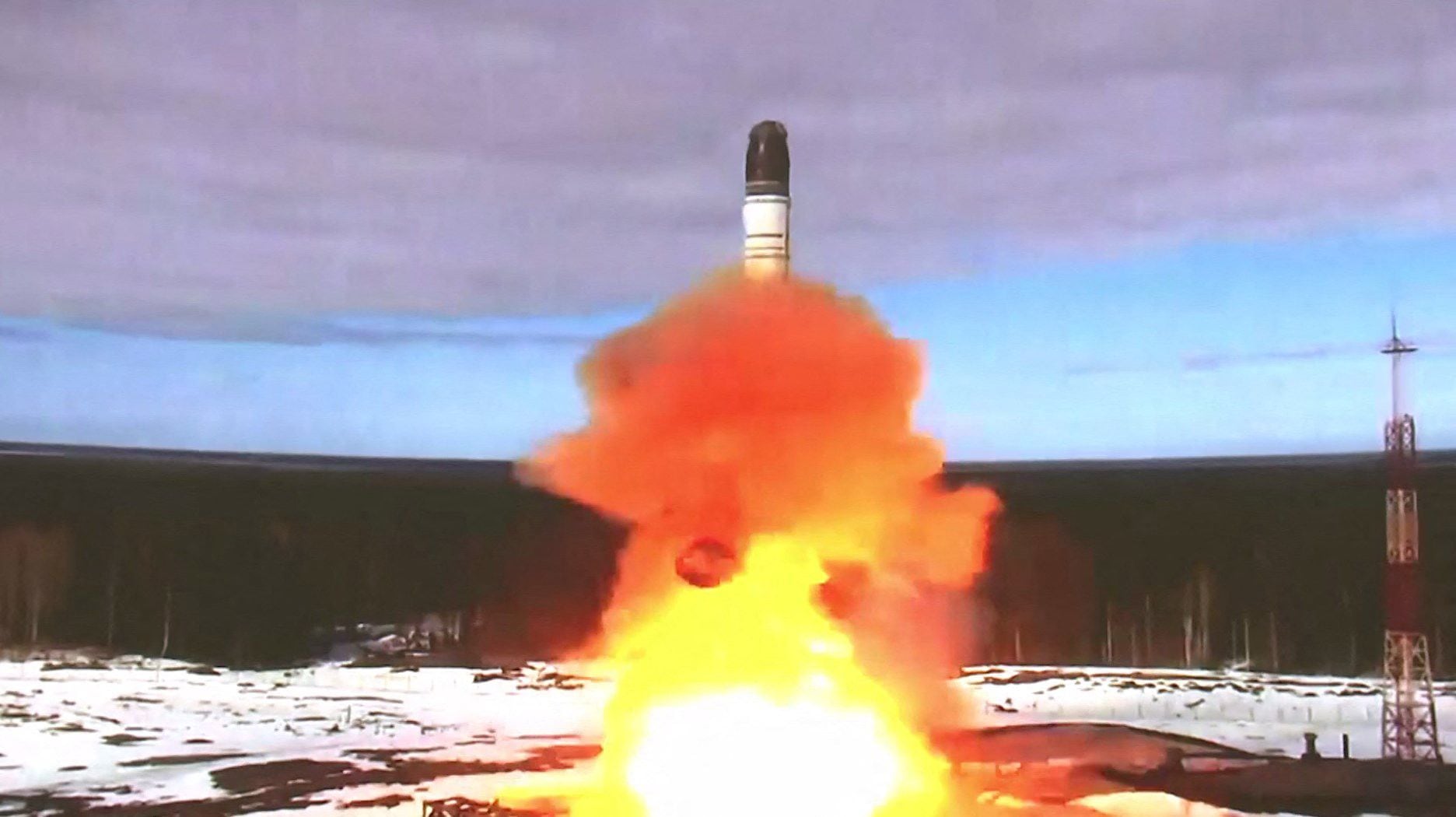
Sarmat
Sarmat is the fifth generation heavy intercontinental ballistic missile and is capable of evading anti-missile defenses.
With a range of more than 18,000 kilometers, the missile weighs more than 200 tons and “practically has no limits in terms of range,” according to Russia.
He Sarmataccording to the Russian president, it is capable of “defeating all anti-aircraft systems” and “will make those who try to threaten” Russia think twice.
Putin said that It even works for “targets that cross both the north and south poles”.
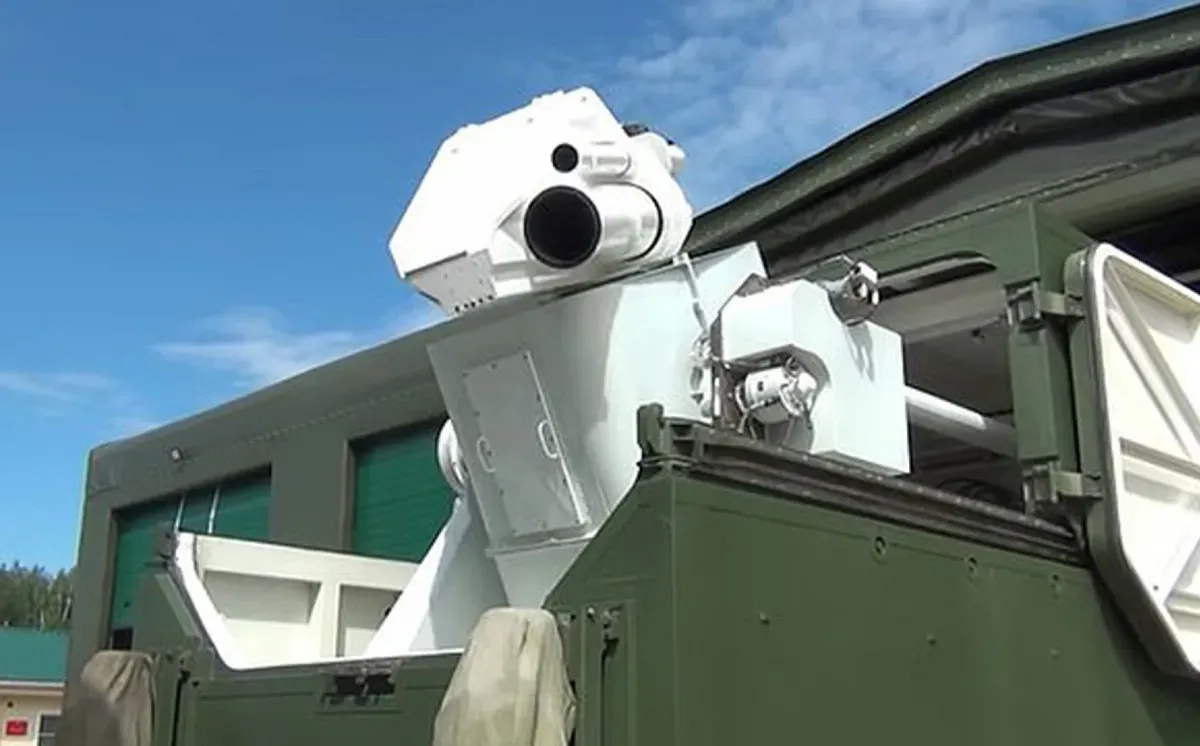
Peresvet
The technical characteristics of the Peresvet combat laser systems (“very clear” in Russian) are classified as secret, according to AFP. They have been combat-ready since December 2019, according to the Russian Ministry of Defense.
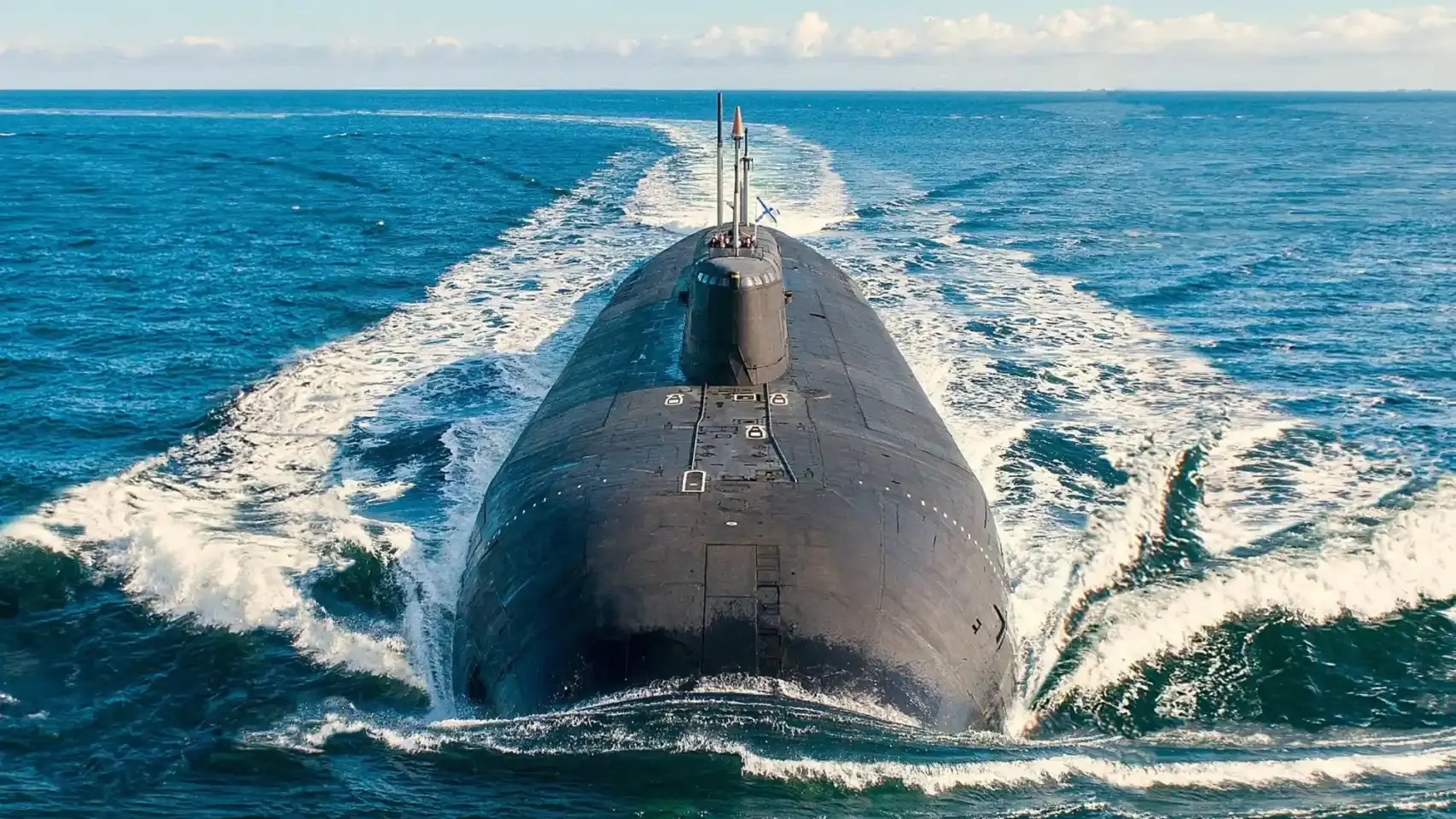
Poseidon
The Poseidon is a nuclear-powered underwater drone which is capable of traveling more than a kilometer deep, at a speed of 60 to 70 knots, being invisible to detection systems, according to a source from the Russian military-industrial complex, cited by the official TASS agency.
Its first tests were carried out in the spring of 2020 on the submarine Belgorod, indicated AFP. Putin claims its “unlimited reach”.

Burevestnik
Also of “unlimited scope”, according to Russia, Burevestnik is capable of overcoming almost all interception systems.
The technical characteristics of the nuclear-powered Burevestnik (“stormbird” in Russian) cruise missiles are classified as secret.
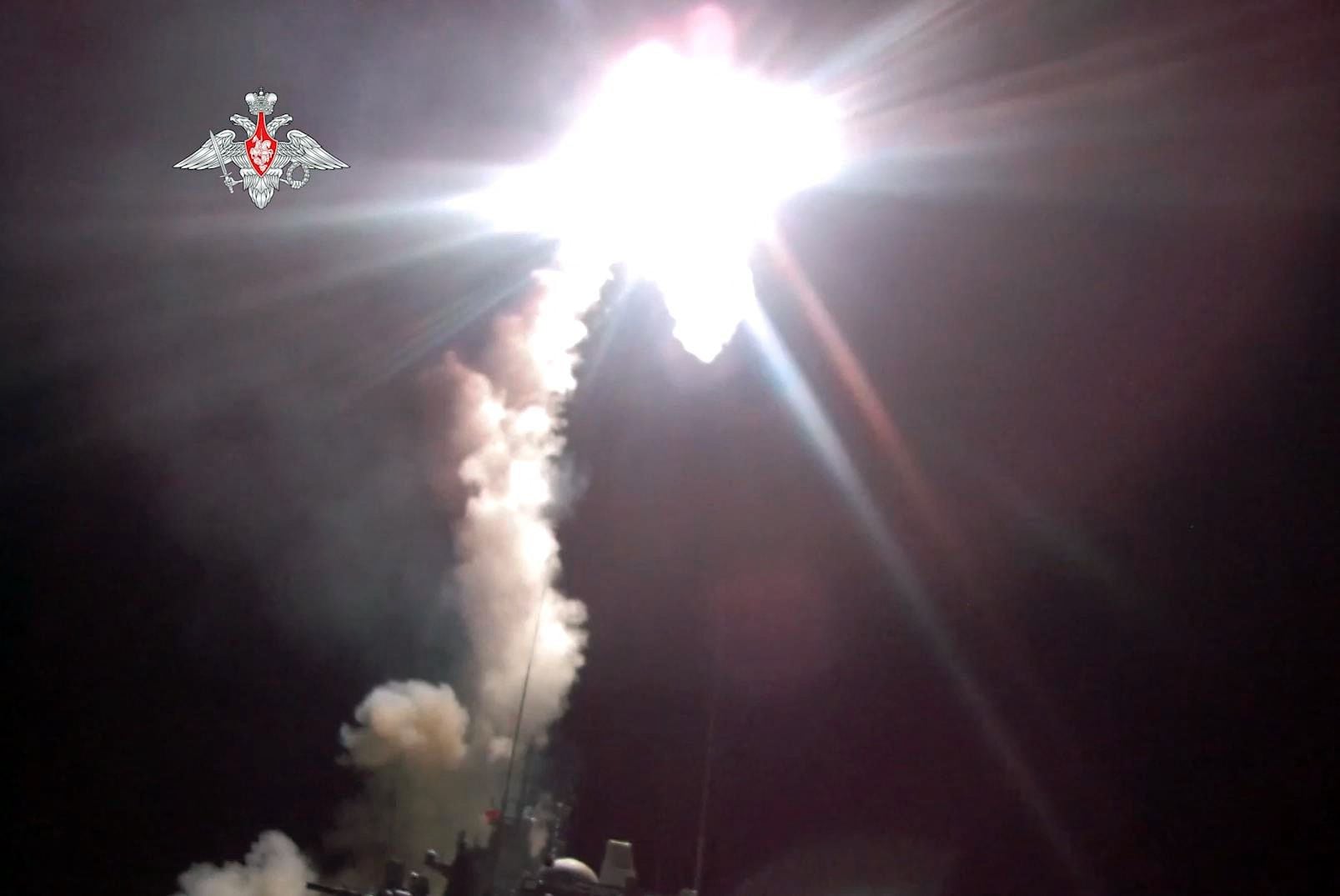
zircon
The first official release of Zircon hypersonic missile Date of October 2020. It flies at Mach 9 to hit sea and land targets, says the AFP.
At the end of December 2021, Putin announced a first successful test firing of a zircon salvo. Other tests have been carried out in the Russian Arctic, in particular since the Frigate Admiral Gorshkov and a submarine.
Source: Elcomercio
I am Jack Morton and I work in 24 News Recorder. I mostly cover world news and I have also authored 24 news recorder. I find this work highly interesting and it allows me to keep up with current events happening around the world.

:quality(75)/cloudfront-us-east-1.images.arcpublishing.com/elcomercio/UJCCH2WVPFAWZPTRIC5KYULZF4.jpg)

:quality(75)/cloudfront-us-east-1.images.arcpublishing.com/elcomercio/ZWUQHM3DJVGRXI5E3GUIROEBDM.jpg)


:quality(75)/cloudfront-us-east-1.images.arcpublishing.com/elcomercio/I4FW5POUWVF55CHSHXSTUCL2M4.jpg)
